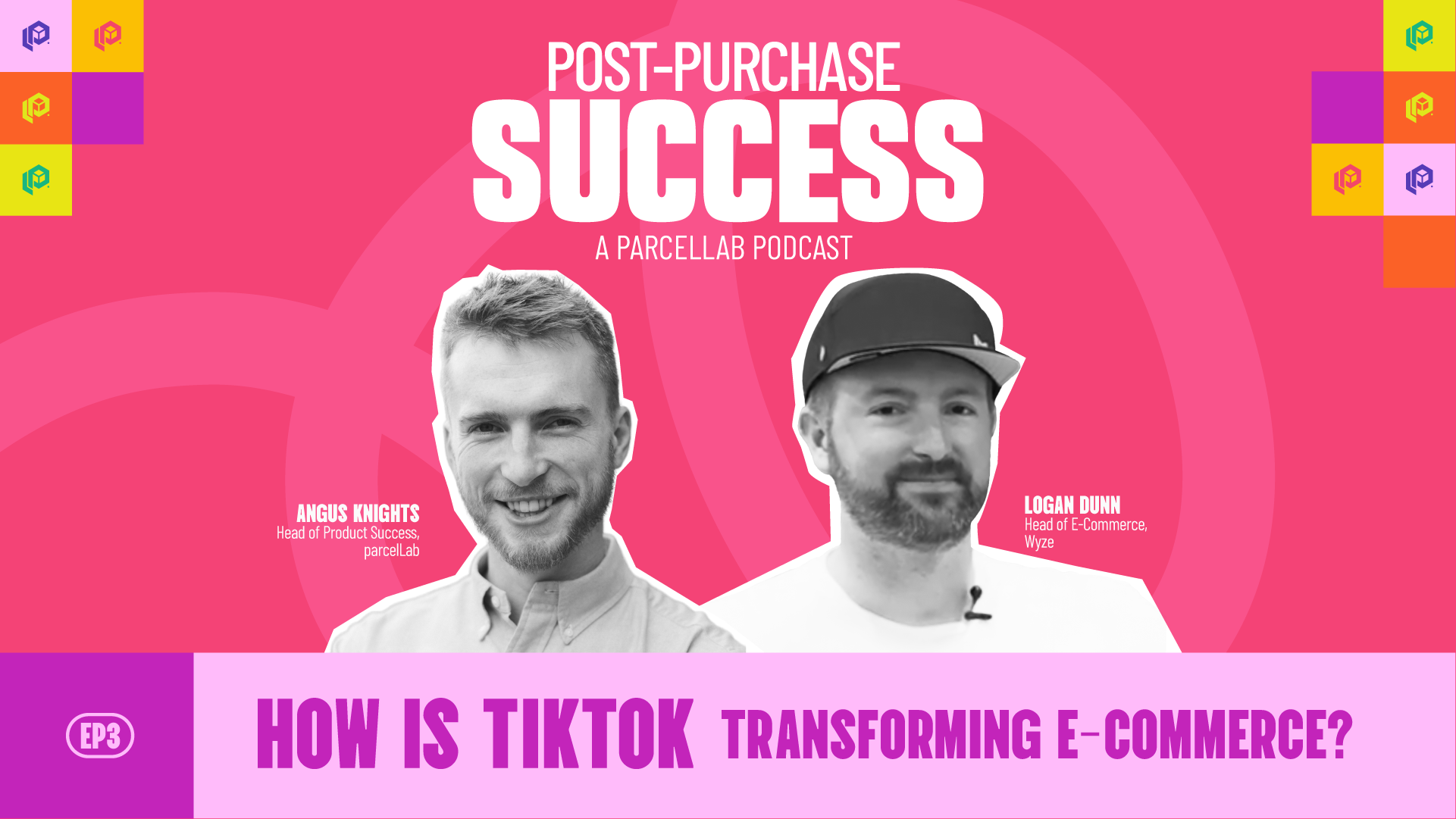Subscription commerce – how the trend becomes a successful business model

Contents
Shopping without ordering? This trend is becoming increasingly popular. We’re talking about subscription commerce. Whether it’s diapers, coffee, food or cosmetics. There is now a whole range of subscriptions. Customers receive a weekly or monthly package. However, they don’t have to visit the store every time and click on “Order”, but instead take out a subscription. As with a magazine subscription, shoppers receive a package delivered on a regular basis. The aim is for customers to stay with the retailer for a longer period of time.
The Subscription Commerce Trend
The trend really took off in 2011, when many different subscription commerce star-ups mushroomed. But some disappeared as quickly as they came. The start-ups ChicChickClub (shoes) and Futterbox (pet food) have since had to give up their businesses. Subscriptions are therefore only suitable for companies that sell items that their customers also need on a regular basis. This is why Glossybox, for example, has been so successful for years. The company appeals to women and sends its customers a small box once a month containing cosmetic items from various brands. Glossybox offers its customers a flexible subscription, a 3-month, a 6-month and a 12-month subscription:
 At Glossybox, customers can choose the subscription that suits them. (Source: Glossybox)
At Glossybox, customers can choose the subscription that suits them. (Source: Glossybox)
Advantages and disadvantages of subscription commerce
.
- Advantages: One advantage of subscription commerce is the regular and calculable income in the long run. Merchants can thus better estimate what profit they can expect each month. These are ensured primarily by long-term customers. Convenient delivery is another advantage for customers. And best of all, he doesn’t have to think about anything. The package is automatically sent to him at regular intervals.
- Disadvantages: To win over a customer once and keep him for a long time sounds perfect for many retailers, of course, at first. In practice, it looks a little different, because keeping customers over the long term means a lot of work for online retailers. Many customers are also not prepared to commit themselves to an online retailer over a long period of time. The inhibition threshold for signing up for a subscription is therefore often relatively high.
What is a successful subscription?
Retailers must respond to the needs of their customers. These usually conclude such a subscription, because they hope to get better value for money, this offer is particularly convenient or they additionally want to be surprised every month. However, they also don’t want to pay for unnecessary things. It is therefore important to find out who the customers are and what they want. In addition, customers do not like to commit themselves to a contract for a long period of time. Providers should therefore allow interested parties flexible terms and the opportunity to test the offer.
Subscription types
There are two different subscription types that retailers can choose between. Firstly, there is the classic subscription variant and secondly, the soft subscription model. Both have advantages and disadvantages that need to be considered.
- Classical subscription: The customer pays here monthly or weekly always the same amount. In addition, the duration and the product composition of the subscription are predetermined.
- Soft Subscription Model: Here, too, an amount is paid regularly. However, this is not fixed, but can vary. The services can also vary each month. So something can be added or canceled. An advantage of this variant is the flexible term.
The classic variant allows the online retailer secure income over a longer period. In addition, it gives customers security, because they always have to pay the same amount each month. The soft-subscription model promises higher revenues, since services can be added. In addition, the flexible term is a reason for many customers to take out the subscription.
There are subscription commerce providers who only offer subscriptions. On the other hand, there are merchants who provide subscriptions in addition to their actual offering. Regardless of which variant the online retailer chooses for themselves, they should consider four factors for successful subscription commerce:
The right business model
It is important that the customer can actually use the subscription products and that they offer added value for them. Subscriptions that promise relief or arouse curiosity are particularly appealing. If retailers are new to the subscription commerce business, they should make sure that they choose a suitable niche to stand out from the large number of providers on the market. In addition, subscription providers are on the safer side who do not rely solely on the subscription business but offer it to their customers as an additional service.
Retaining customers in the long term
Existing customers are particularly lucrative in the subscription commerce business, as they generate long-term revenue for the online retailer, since it is usually almost impossible to make a profit with short-term customers. It is therefore important to retain customers over a longer period of time. This can be achieved with surprise boxes that arouse curiosity or exclusive products. Providers should also continue to develop, create new subscription models and expand the product range. Customers are particularly happy to stay if they feel they are in good hands. It is therefore important that retailers always communicate sufficiently with their customers and keep them up to date, because the customer is also king in this business.
Individualized packages
Customers want to be in control. Giving them the ability to customize their subscriptions gives them peace of mind. For example, if they can determine the product type, delivery frequency and duration themselves, they are sure to receive the subscription that meets their expectations. Retailers can also stand out through individual personalization. For example, through completely personalized inserts, such as flyers or discount codes. But that’s not all. Personalization can go beyond the order. Shipping is one of the most emotional parts of the customer journey and should not be dismissed out of hand. Personalized and proactive shipping messages can further enhance customer satisfaction. The anticipation of the package is increased even more with shipping messages. And that’s a good thing, because happy customers (hopefully) become repeat customers.
Conclusion
Properly applied, subscription commerce can be a good business for merchants. However, a successful subscription commerce business can’t just be pulled out of thin air. Choosing the right business model is important for a successful offering. In addition, special emphasis must be placed on customer loyalty and individualization. For successful subscription commerce, it is important to retain customers. After all, long-term customers generate the most profit. Retailers should therefore be in close contact with customers, inform them about delivery delays, or strengthen the joy of the package through personal shipping messages. Because shipping is also a key to customer loyalty.



